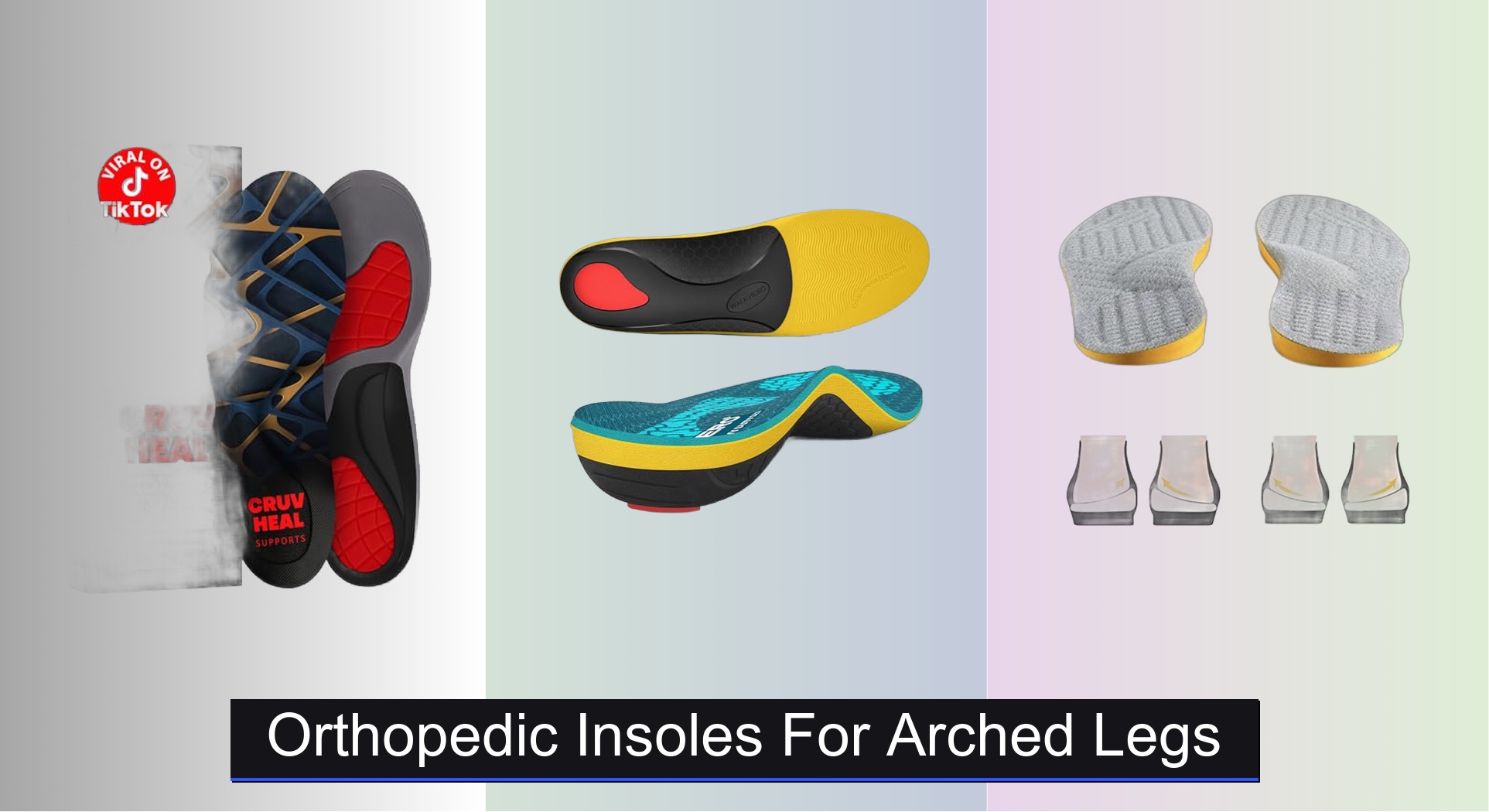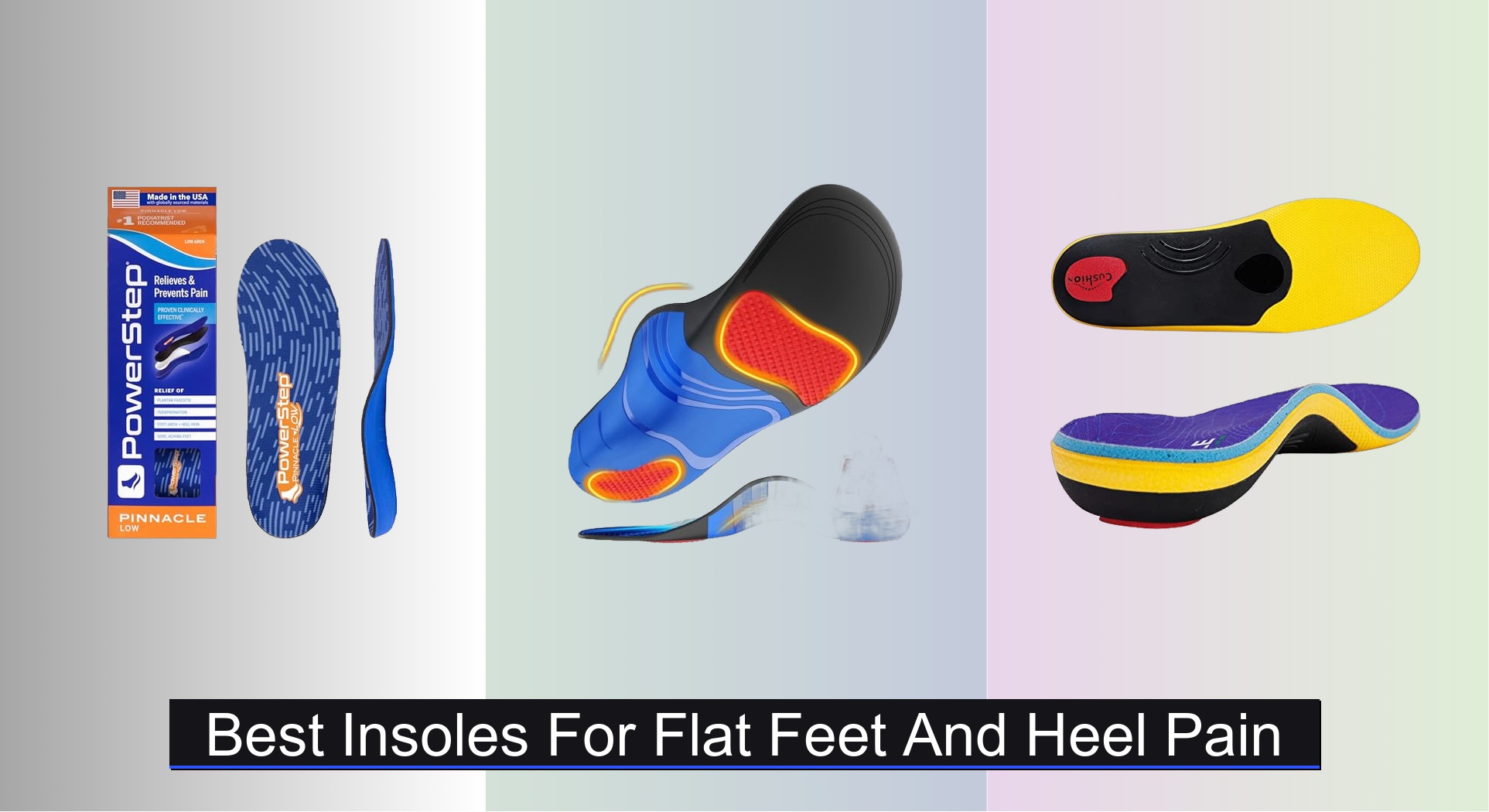Introduction
Flip-flops are a summer essential, but not all pairs are created equal. Choosing the right flip-flops can make a huge difference in comfort, durability, and even foot health. Many people make the mistake of picking a pair based only on looks, but the wrong flip-flops can lead to foot pain, blisters, and even long-term issues like plantar fasciitis.
So, how do you find the perfect flip-flops for your feet? The key is to look beyond aesthetics and consider support, cushioning, and proper fit. In this guide, we’ll walk you through everything you need to know to make the right choice.
Understanding Your Foot Type

Before you start shopping, it’s essential to understand your foot type. Different foot shapes require different levels of support to ensure comfort and prevent foot problems.
Foot Arch Types
- Flat Feet – If your entire foot touches the ground when you step, you likely have flat feet. Flip-flops with arch support are a must.
- Neutral Arch – The most common foot type, requiring moderate arch support and cushioning.
- High Arch – If your footprint shows only a small part of the foot touching the ground, you have a high arch. Look for flip-flops with ample cushioning and arch support.
How to Determine Your Foot Type
- The Wet Test: Wet your feet and step onto a piece of paper. The imprint will reveal your arch type.
- Foot Pain Signs: If you often experience discomfort in the arch or heel, your flip-flops may not be offering the right support.
Key Features to Look for in Flip-Flops

Not all flip-flops are designed with comfort in mind. Here’s what to consider:
Arch Support
Flat flip-flops may feel comfortable at first, but they can strain your arches. Look for ones with built-in arch support, especially if you have flat feet or high arches.
Cushioning
The sole should be thick enough to absorb shock, especially if you plan to wear them for long hours. Memory foam or EVA foam flip-flops provide excellent cushioning.
Material Quality
Cheap plastic flip-flops wear out quickly and can cause blisters. Opt for high-quality materials like:
- Leather (durable and stylish)
- Rubber (water-resistant and flexible)
- EVA foam (lightweight and cushioned)
Strap Design
Thin straps can dig into your skin and cause irritation. Look for wide, soft straps that distribute pressure evenly across the foot.
Sole Grip
A good flip-flop should have a textured sole to prevent slipping, especially if you’ll be walking on wet surfaces.
The Importance of Proper Sizing
Ill-fitting flip-flops can lead to discomfort and even injuries. Here’s how to ensure the right fit:
- Your toes shouldn’t hang off the edge – If they do, the flip-flops are too small.
- Your foot shouldn’t slide around – If your foot moves too much, the flip-flops are too big.
- Measure your foot – Stand on a piece of paper, trace your foot, and measure it to compare with sizing charts.
When trying on flip-flops, walk around to check for any discomfort or slipping.
Different Types of Flip-Flops and Their Uses

Not all flip-flops are made for the same purpose. Choosing the right type depends on where and how you’ll wear them.
- Casual Flip-Flops – Lightweight and great for everyday use.
- Orthopedic Flip-Flops – Designed for extra foot support, ideal for those with foot pain.
- Water-Resistant Flip-Flops – Made from rubber or synthetic materials for beach and pool use.
- Fashion Flip-Flops – Stylish options made from leather or embellished designs.
Each type serves a different purpose, so choose wisely based on your needs.
Common Mistakes to Avoid When Buying Flip-Flops

Many people unknowingly buy flip-flops that are bad for their feet. Here are some of the most common mistakes:
Choosing Style Over Comfort
It’s tempting to pick flip-flops based on appearance alone, but this can lead to discomfort and foot problems. Always prioritize comfort and support over looks.
Ignoring Arch Support
Flat flip-flops provide no support, leading to arch pain and possible long-term foot issues like plantar fasciitis. Even for casual wear, flip-flops should have some level of arch support.
Buying Cheap, Low-Quality Flip-Flops
Inexpensive flip-flops may save money upfront, but they wear out quickly and can cause blisters or foot pain. Investing in a high-quality pair can save you money and discomfort in the long run.
Wearing Flip-Flops for the Wrong Activities
Flip-flops are not meant for running, hiking, or long walks. Wearing them for the wrong activities can lead to injuries, foot pain, and even falls.
Best Flip-Flop Brands for Comfort and Durability
Certain brands are known for making high-quality flip-flops with excellent support and durability. Here are some top choices:
1. Olukai
- Offers premium flip-flops with built-in arch support.
- Made from high-quality leather and durable rubber.
2. Reef
- Known for their cushioned footbeds and comfortable straps.
- Offers stylish designs that don’t sacrifice comfort.
3. Birkenstock
- Provides orthopedic-level support.
- Designed for long-term wear and foot health.
4. Crocs Flip-Flops
- Lightweight and water-resistant.
- Great for casual and beach wear.
5. Havaianas
- Stylish and comfortable with soft rubber soles.
- Best for short-term wear and warm weather.
When choosing a brand, consider your needs—whether it’s for everyday wear, orthopedic support, or beach use.
Caring for Your Flip-Flops to Extend Their Life
Taking care of your flip-flops can keep them looking and feeling new for longer.
Cleaning Tips
- Rubber Flip-Flops: Wash with warm soapy water and a brush.
- Leather Flip-Flops: Wipe with a damp cloth and condition with leather cream.
- Fabric Straps: Scrub with mild detergent and let air dry.
Proper Storage
- Keep flip-flops in a cool, dry place to prevent damage.
- Avoid leaving them in direct sunlight for long periods to prevent fading and cracking.
When to Replace Flip-Flops
- If the soles are worn out and no longer provide grip.
- If the straps are loose or breaking.
- If they cause foot pain or discomfort after wearing them for a while.
Flip-Flops and Foot Health: What Experts Say
Podiatrists often warn about the dangers of wearing flip-flops for extended periods.
Potential Health Issues
- Lack of Support: Can lead to arch pain and plantar fasciitis.
- Toe Gripping: Your toes tend to grip the flip-flops, which can cause muscle strain.
- Heel Impact: The lack of cushioning can lead to heel pain, especially on hard surfaces.
How to Minimize Risks
- Choose flip-flops with arch support and cushioning.
- Don’t wear them for long walks or sports activities.
- Switch to supportive sandals or shoes if you experience discomfort.
Conclusion
Finding the right flip-flops isn’t just about style—it’s about comfort, support, and foot health. By understanding your foot type, choosing high-quality materials, and avoiding common mistakes, you can enjoy flip-flops without discomfort.
Always prioritize a proper fit and opt for flip-flops with arch support and cushioning. Investing in a good pair will not only make your feet happy but also help prevent foot problems in the long run.
FAQs
1. How do I know if my flip-flops have good arch support?
Press down on the sole—if it bends easily in the middle, it lacks support. Opt for ones with a firm but cushioned arch area.
2. Are flip-flops bad for my feet?
Not necessarily, but wearing the wrong type for long periods can cause foot pain. Always choose supportive and cushioned flip-flops.
3. Can I wear flip-flops all day?
It’s not recommended. Flip-flops are best for short-term wear. If you need all-day footwear, opt for orthopedic sandals.
4. What are the best materials for comfortable flip-flops?
Leather, EVA foam, and rubber offer comfort and durability. Avoid cheap plastic flip-flops, as they provide little support.
5. How often should I replace my flip-flops?
Replace them when the soles wear out, the straps loosen, or if they cause discomfort after wearing. A good pair should last at least a year with regular use.










